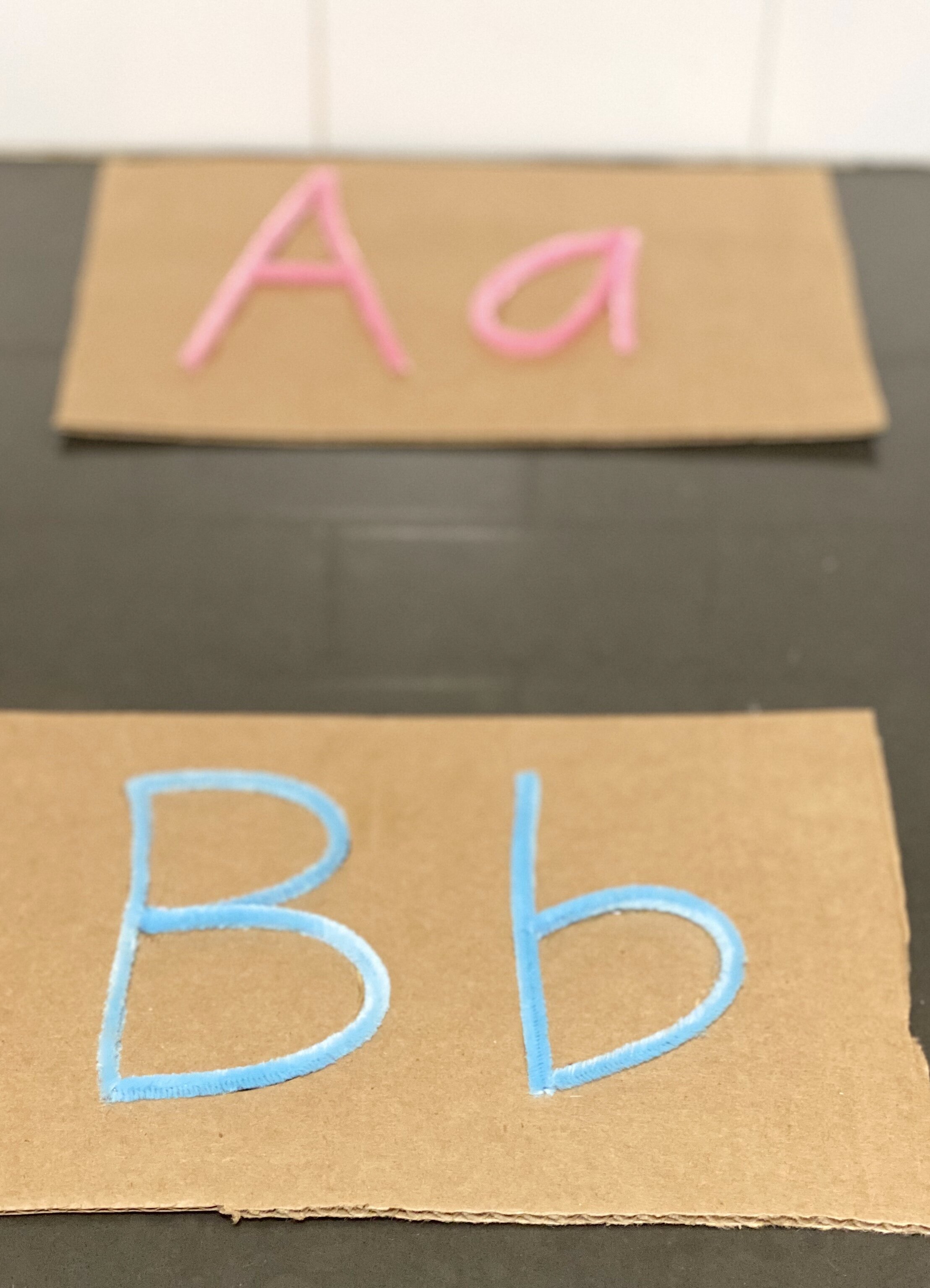This time of year there always seems to be tons of pumpkins around for carving, decor, or crafts! So why not use the pumpkin for a sensory activity?! This would be great to do along with pumpkin carving, or it is a fun stand alone activity.
Materials Needed:
Pumpkin
Knife
Halloween themed pieces of choice (we decided to go with witch fingers)
Ziplock Bag
Step 1: Cut the top of the pumpkin off using a knife. If carving this will be a small top cut, but if doing as a stand alone activity cut into more of a bowl shape with a large opening.
Step 2: Look at all those amazing pumpkin guts!! Scoop them away from the sides, add your halloween toys, and mix together.
*Therapy tip: For a really gooey sensory experience you can have your child help mix the toys in using their hands, or have them try to find the items by digging in pumpkin bowl for the toys.
Step 3: For a less messy sensory experience, scoop all the contents into a large ziplock bag. Have your child work to find the hidden pieces or try to move the pieces into a line or make a shape. Have Fun!
*Therapy tip: This is a great way to work on isolation of the pointer finger! Try using the pointer finger to move the seeds, search for objects, or line objects up.


















